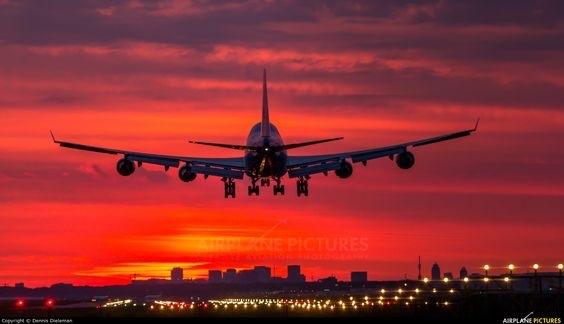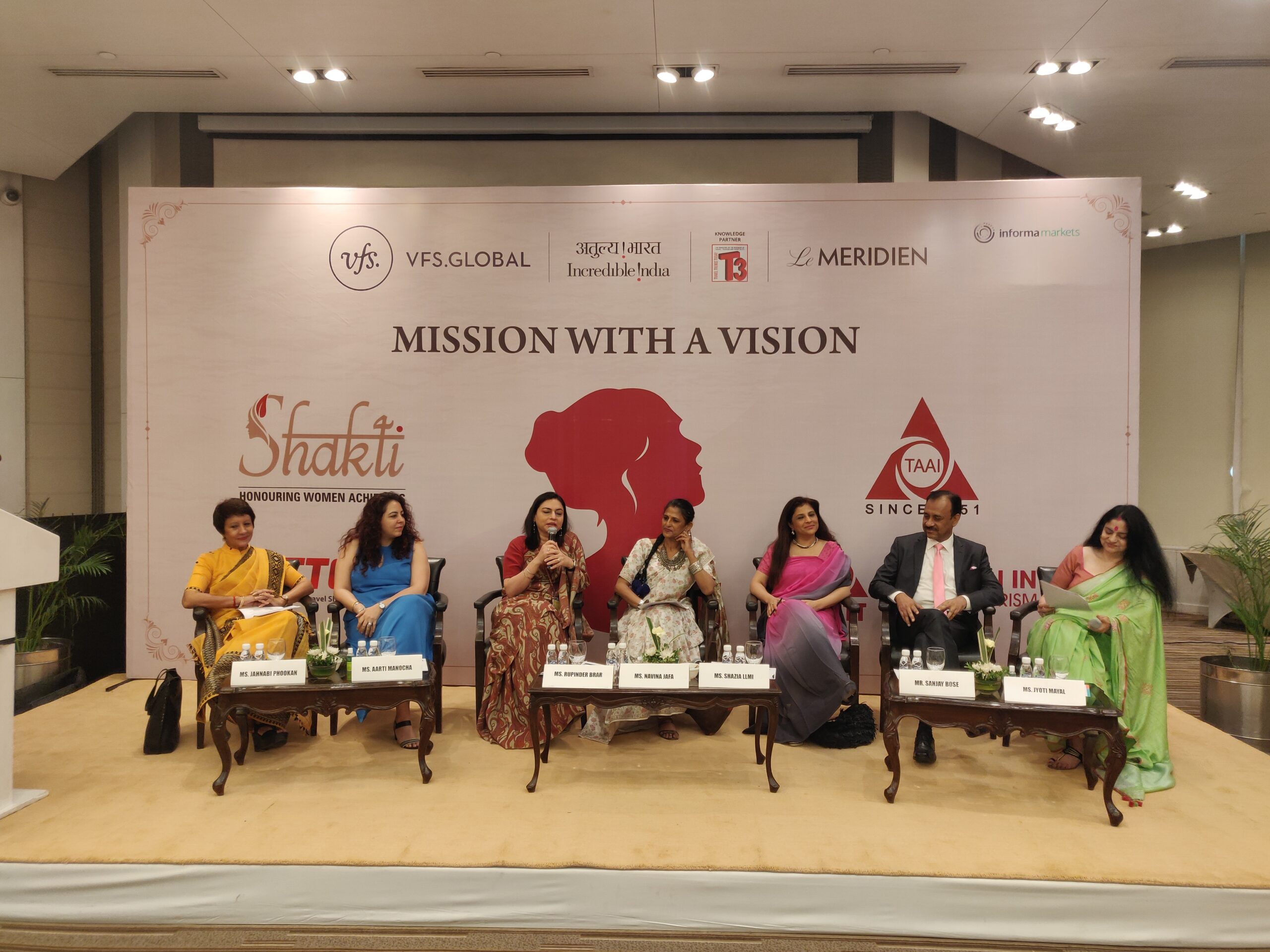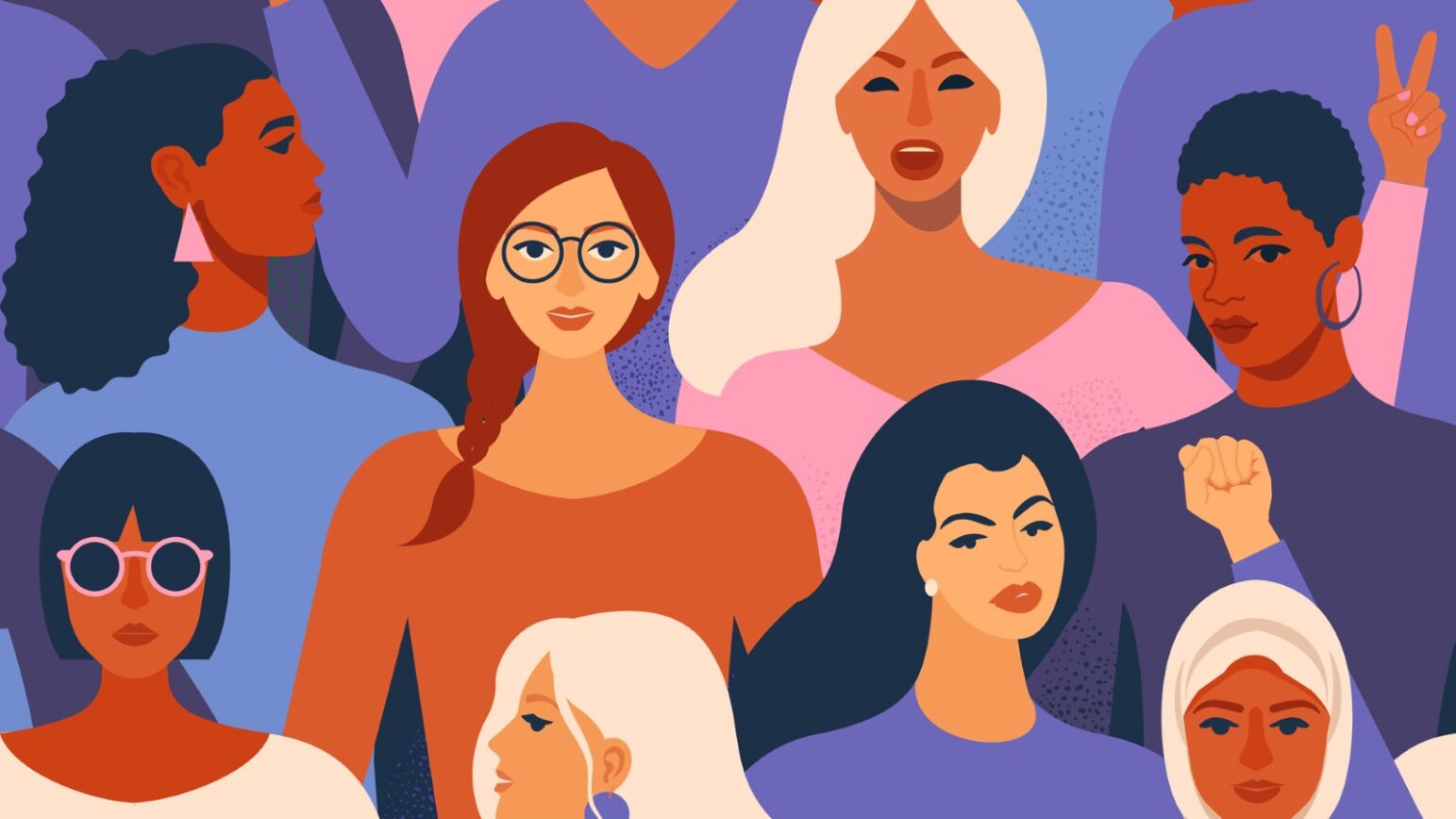_On International Women’s Day, Chairman UAE-based Sky One says that the aviation sector has opportunities for women not just as pilots but as aerospace engineers, aircraft maintenance technicians, logistical experts and more_
This year, the Directorate General of Civil Aviation (DGCA) plans to introduce a framework to promote the expansion of the female workforce in India’s civil aviation sector. The country already boasts a 15% female pilot force, which is three times higher than the global average but this initiative aims to further enhance gender inclusivity in aviation.
An evaluation during a roundtable discussion at the recent event ‘Wings India 2024’ also revealed that India currently has a 15% representation of women in air traffic control, 11% in-flight dispatch, including cabin crew, and 13% at the mid-managerial levels. These statistics underscore the urgency to broaden the horizons of women aspirants across diverse aviation verticals.
“Amidst the exponential growth of India’s civil aviation sector, it is indisputable that the skies are expansive, offering ample space for the inclusion of more women. The launch of a new framework, featuring enhanced mentorship and sponsorship programs, will empower and catalyse this advancement. This framework will also propel Indian aviation into a more gender-inclusive future,” says Jaideep Mirchandani, chairman of aviation major Sky One.
He says that to bring more women into aviation, we should acknowledge and celebrate the impressive accomplishments of women pioneers in various areas of aviation. These trailblazers can serve as inspirational role models for women aspiring to pursue various roles within these sectors.
“The proposed framework should also delve into a thorough examination of the opportunities and challenges as far as women’s participation and leadership in STEM fields are concerned. This will facilitate a comprehensive approach to empowerment,” adds Mirchandani.
He also suggests that policymakers should explore and address the deeply ingrained patriarchal mindset that serves as an attitudinal obstacle and inhibits women’s progress in traditionally male-dominated fields.
“The belief that the aviation sector is a male domain reinforces gender stereotypes, diminishes the contributions of women and labels them as unsuitable for technical jobs. Dismantling these notions about what women can or cannot do is crucial. This will facilitate an increase in the representation of women in key roles, such as Chiefs of Flight Safety, Heads of Quality Assurance, accident investigation, CEOs, and Directors. They can be aerospace engineers, aircraft maintenance technicians or logistical experts and succeed in fields which were previously considered as male bastions. The success and achievements of these women will also inspire the next generation of women aspirants,” says Mirchandani.
To provide an example, he cites the success story of Durba Banerjee, who became the first female pilot of Indian Airlines. When Durba initially applied to the Central Aviation Ministry to become a commercial pilot in 1959, she was offered the position of flight attendant instead. However, through her hard work and tenacity, she overcame gender stereotypes and stigmas, ultimately achieving her dream. “Stories like these focus on unwavering determination and self-belief and thankfully the policies and industry norms have caught up to the changing times in supporting the growth of women and their professional ambitions. One hopes that additional support systems are thoughtfully designed to empower women so that they can fearlessly pursue their dreams,” he concludes.






